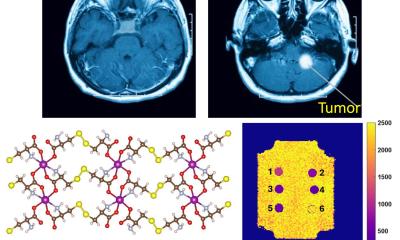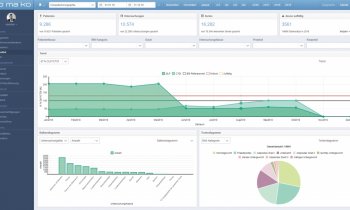Non-invasive therapy for herniated discs
USA - Pressure and inflammation caused by a herniated disc in the lumbar spine, and particularly painful sciatica, can be relieved using a neuroradiological technique rather than surgery, according to Dr Jeffrey A Stone, head of Interventional Neuroradiology at the Georgia Medical College, who reported on his procedure at the 44th annual meeting of the American Society of Neuroradiology in San Diego.
Percutaneous dissectomy, using only a small incision compared with the traditional surgery, has seen increasing use in the last five years. Via a thin tube, inserted into the hernia area, some of the nucleus of the disc is vaporised or sucked out. However, this treatment is not suitable for all the afflicted patients.
To test which patients are suitable for percutaneous dissectomy, Dr Stone carries out tests that include injecting contrast material to establish whether increased pressure worsens the pain, and whether the patient has less pain when the pressure is reduced.
Another approach is to inject anaesthetic and a steroid in to the compressed nerve. Just one application can ease the pain, but it usually returns with a couple of weeks. Those experiencing ‘substantial relief’ are good candidates for percutaneous dissectomy, he explained, which has significantly reduced pain in 85% of those patients selected, many for a few years now.
For patients whose pain is not caused by pressure on the nerve, or inflammation, traditional surgery would be the choice. This is also the case where disc herniation is squeezed away from the adjacent disc or is fragmented and has migrated into the spinal canal.
Dr Stone’s next development to relieve symptoms and mend disc tears could be to combine percutaneous dissectomy with electrothermal treatment, which although time consuming would be less invasive than surgery.
01.05.2006











